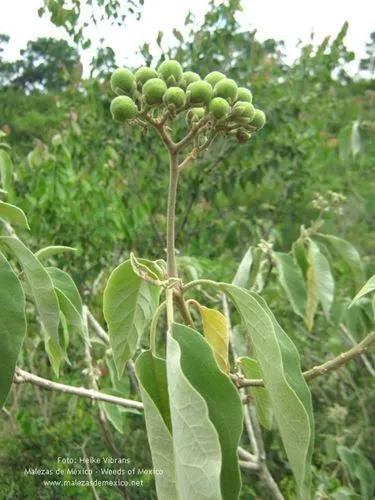This is one of many lovely toadflax plants that grow in the Mediterranean region and which can be found almost anywhere in the countryside. It flowers from April to June.The specimens shown here were photographed in the Algarve, Portugal during April.The average length of one sheet can be 2-7 cm. The main decorative value of toadflax is considered to be flowers, which in their structure are very similar to the inflorescences of snapdragons.
Magnoliophyta Care
Linaria reflexa



It is an annual herb, which can reach a maximum of 35-40 cm in height. The bush is formed by erect stems, on the tops of which spike-shaped inflorescences bloom, consisting of small flowers of a violet-purple hue with an orange throat. This type of toadflax includes several very decorative varieties: Carminea - a plant with pinkish flowers; Excelsior - flowers in various shades of white, yellow, red; Ruby King - forms burgundy inflorescences.Toadflax or linaria is a field herb that is often mistaken for a common weed. As a weed, this plant grows and does not require any special conditions or growing rules for itself. Therefore, we can conclude that it is not at all difficult to breed this amazing plant on your site, the main thing in this matter is to know the main breeding options for toadflax. Almost all varieties of this crop can be propagated using seeds.
This plant might be poisonous
How to get rid of: Choose an herbicide labeled for use against toadflax, and apply it according to the label instructions. Apply herbicides to Dalmatian toadflax in spring and to yellow toadflax in late summer or fall. Your local cooperative extension agent can suggest the best herbicide for growing wild toadflax control in your area.
Discover more plants with the list below
Popular articles






